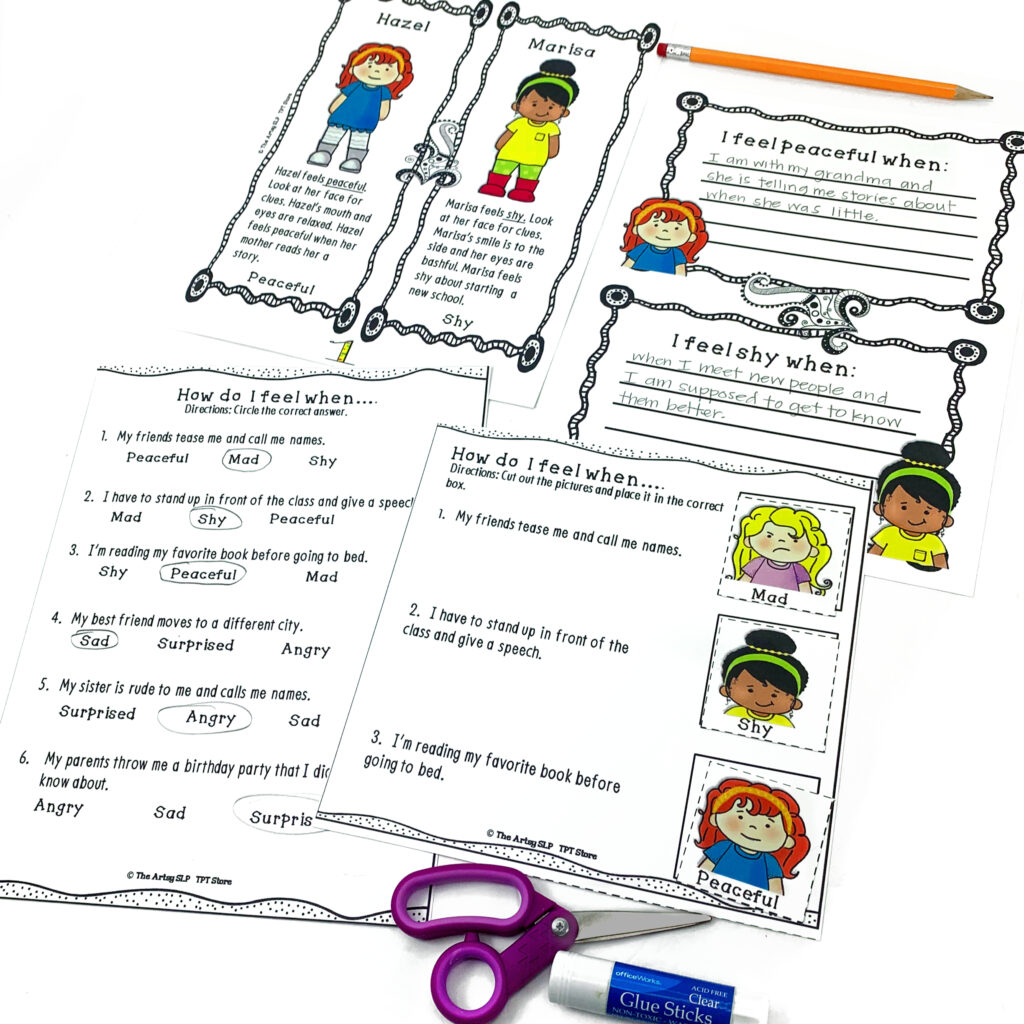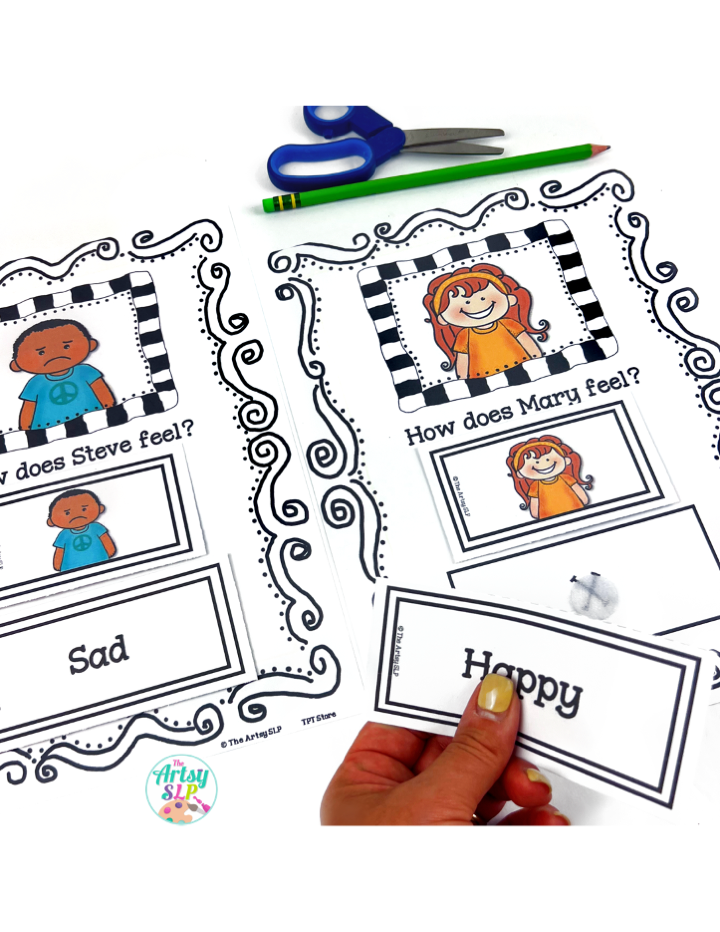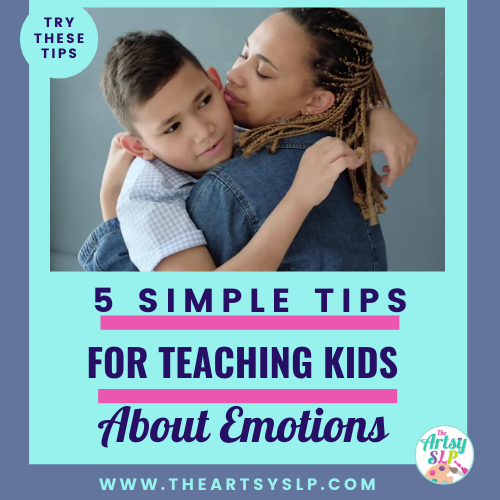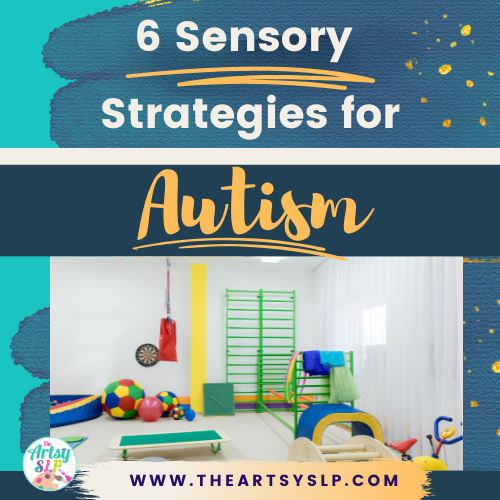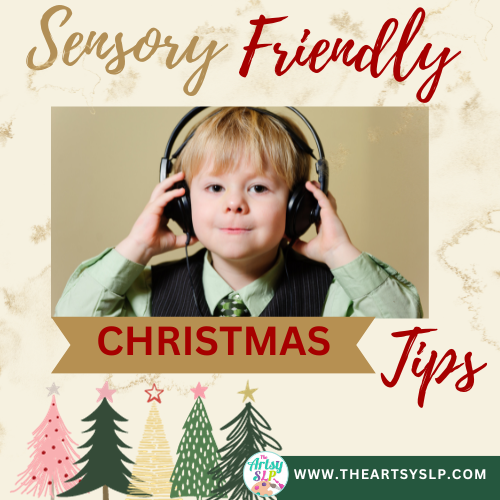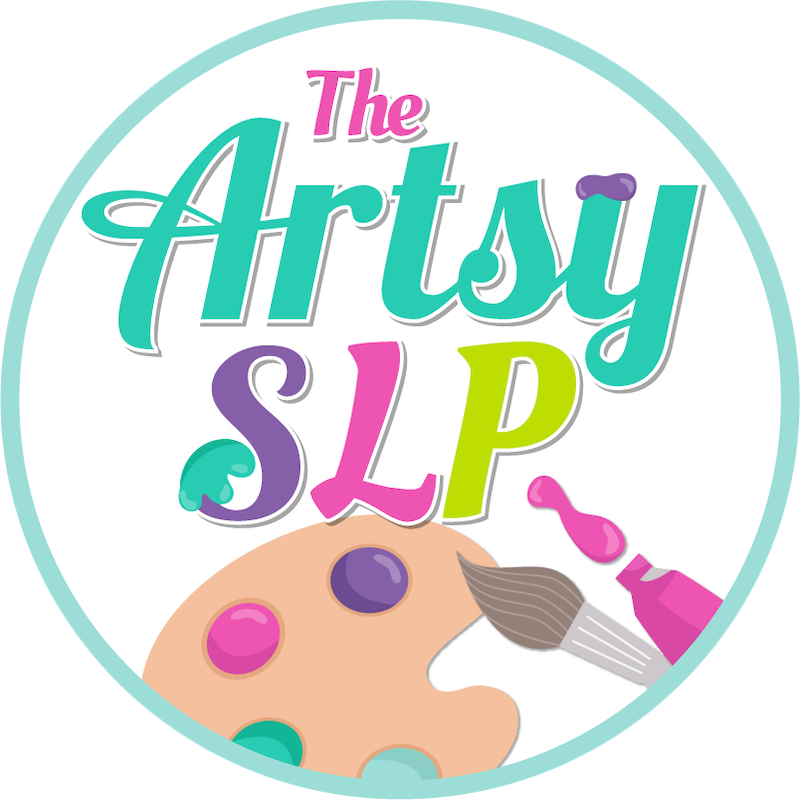These activities will help teach kids how to identify their thoughts, feelings, and emotions.
How To Identify Emotions
Feelings are the emotions that we experience everyday. Many people are able to decipher emotions by looking at a persons face, reading nonverbal cues, and then determining how a person feels. However, for students on the autism spectrum, it can be challenging to recognize facial expressions. It is also difficult for them to read nonverbal cues and understand how a person is feeling.
What is Nonverbal Language?
Nonverbal language is how we communicate with others without using words. In fact, more than 70% of communication is nonverbal. Read on to find out more about nonverbal communications and tips on how to teach feelings and emotions to your students.
Nonverbal language includes:
- Eye Contact-Looking someone in the eyes during a conversation.
- Body Posture-The way you position your body.
- Personal Space-The amount of space between you and someone else.
- Gestures-Hand movements that include waving and pointing.
- Facial Expressions-The expression on someone’s face that includes smiling and frowning.
- Tone of Voice-The tone of someone’s voice.
5 Strategies For Teaching Nonverbal Language
1. Point Out Facial Expressions
Show your students pictures of people exhibiting different facial expressions. Point out their eyes, mouth, and body language. Point out if the person is smiling, frowning, or has a neutral face. Help your students identify the emotions. For example, if a person is smiling; point out to your students that that person feels happy.
2. Use “I feel when” statements
Once a student is able to identify facial expressions, they may need help with interpreting their own emotions. Students may still have difficulty determining how their own emotions make them feel. By using their own examples, it will help increase their understanding. For example, a student can say “I feel peaceful when my mom reads my favorite book.”
3. Use Social Stories
Social stories describe social situations and teach students how to respond. It also provides guidelines of what is acceptable in each social situation. This helps to reduce anxiety and the student knows what is appropriate in that setting. It can help to have social stories for several different social settings. For example, birthday party, sporting event, or in the library.
4. Participate in Role Playing
Role playing allows you to demonstrate the different emotions with your students. You may also encourage your students to role play with each other. Provide them with different scenarios and model the appropriate social response. By practicing facial expressions in a structured environment, it will help students become more comfortable expressing themselves.
5. Practice Comprehension Skills
After students have practiced their social skills, then assess their comprehension. Encourage your students to practice identifying and understanding their emotions by answering comprehension questions. Have them match their emotions with the questions.
RELATED: Grab my Feelings and Emotions Freebie
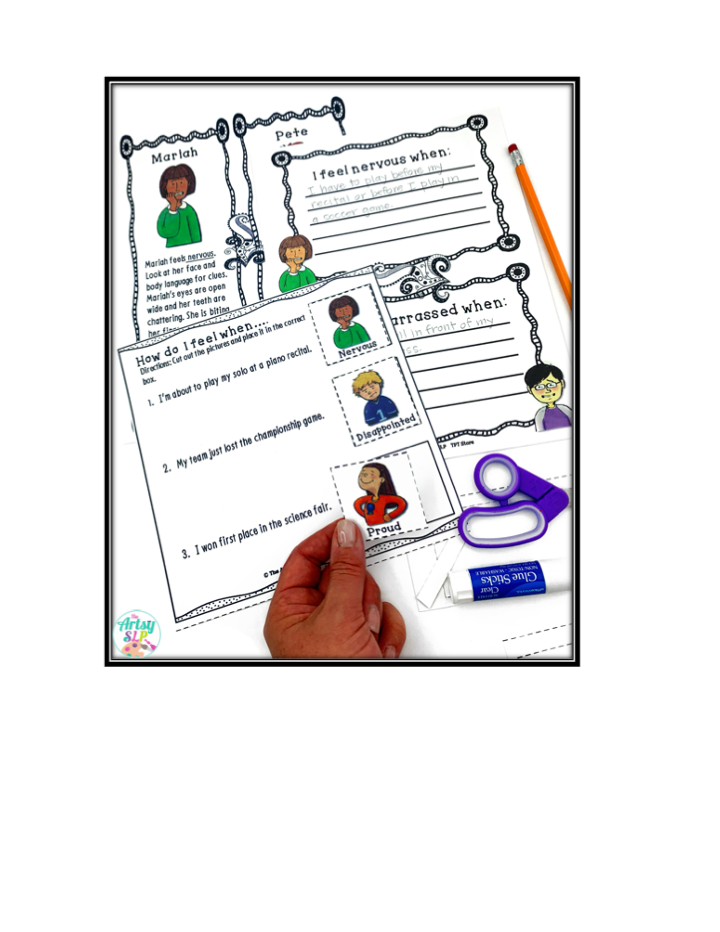
Summary
It is important to understand how nonverbal language skills relate to emotions. Both of these skills are essential for encouraging positive interactions, increasing self esteem, and maintaining healthy relationships. By trying these tips and strategies, you will help your students learn the importance of nonverbal communication and the importance of being able to interpret the feelings of others. Also help teach perspective taking and interpersonal skills by requiring students to analyze their own emotions.
Additional Resources
RELATED: Positive Self Esteem for Children
RELATED: 5 Common Myths About AAC
